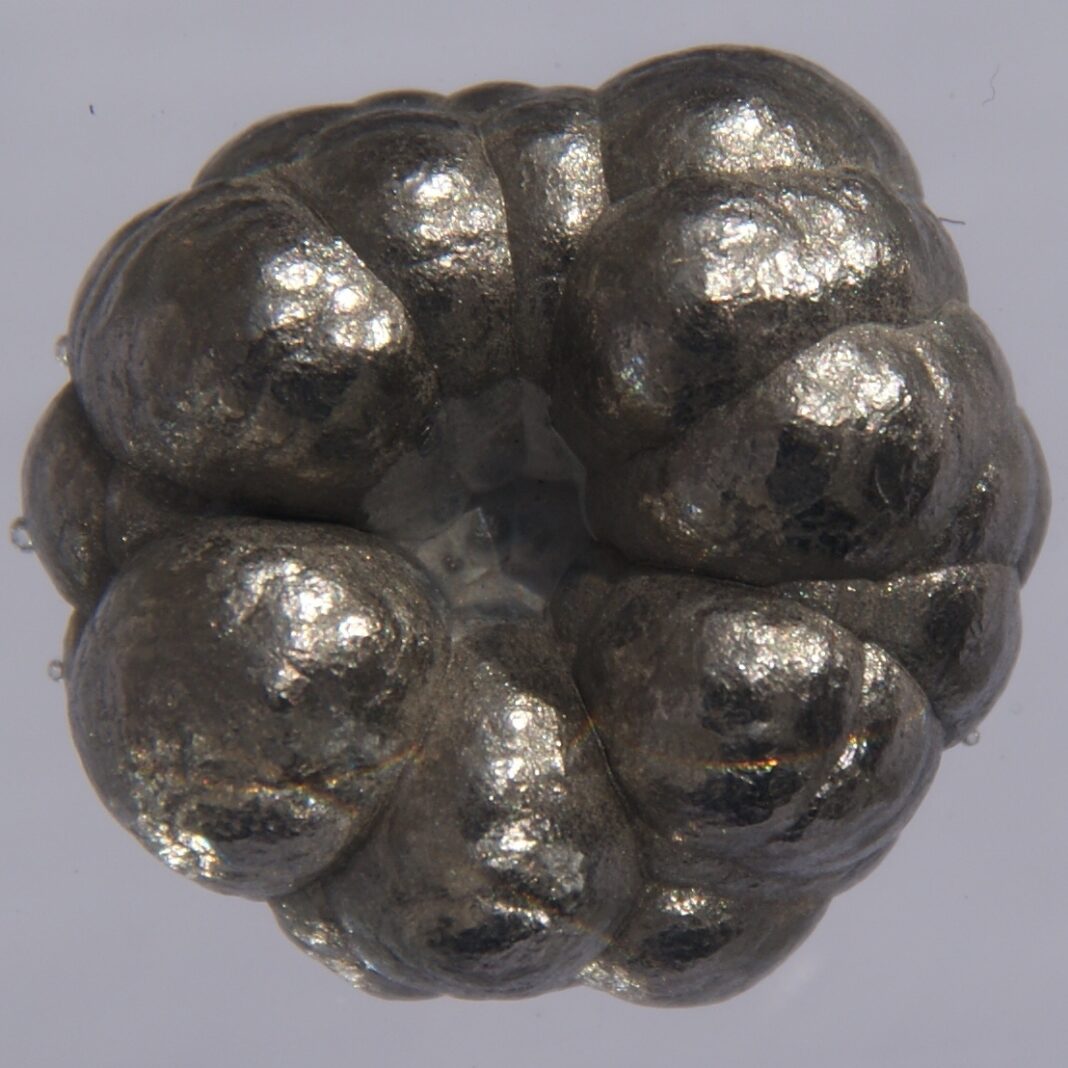In recent years, the golden word in precious metals has been palladium.
A crucial component in automobile catalytic converters and in emerging hydrogen fuel cell technology, the demand for this rare silvery white transition metal continues to outstrip supply, driving its price per ounce far above gold and silver.
Palladium and other rare, costly precious metals such as platinum, iridium, and ruthenium, are also crucial in chemical transformations, specifically transition metal catalysis, which has become an indispensable tool for putting together complex molecules in the development of pharmaceutical drugs, polymers, and other useful chemicals.
The scarcity and expense of these precious metals has created a need to develop catalysts from transition metals that are more abundant and generally cheaper, such as nickel, a cousin of palladium.
As a result, the last decade has seen a dramatic expansion of new catalytic bond-forming transformations involving nickel.
“We know from the literature that nickel complexes are extremely useful in performing some transformations, maybe better than other transition metals out there,” said Liviu Mirica, professor of chemistry at the University of Illinois at Urbana-Champaign. “People have gotten very good at optimizing conditions for specific transformations, so we are slowly getting to where nickel could rival palladium in these transformations.”
More recently, scientists have been focusing on developing nickel catalysts that can be directly photoinitiated by light, which Mirica said has proven to be a very successful area of research, producing reactions that have not been previously possible.
However, they still require the use of an additional photocatalyst – typically based on precious metals such as iridium or ruthenium, which are even more expensive than palladium.
In a paper recently published in Nature Communications, Mirica and postdoctoral researcher Hanah Na report their work on the development of a completely novel tridentate ligand that co-ordinates with nickel to create a catalyst that can be directly activated by light to form a carbon-oxygen bond without the use of an additional photocatalyst. C-O bonds are prevalent in many natural products, pharmaceuticals, and agrochemicals.
Mirica and Na suggest their new class of tridentate pyridinophane ligands (RN3) can lead to the development of new nickel catalysts and are a practical platform for detailed mechanical studies of other nickel-catalyzed chemical reactions.
“It is a competent catalyst, and … it can actually do this photocatalysis by itself; it doesn’t require these other photocatalysts,” Mirica said. “It opens up many avenues of research that we think could be used for many additional applications.”
These tridentate pyridinophane ligands (RN3) build on previous work by Mirica, who had already developed a novel four-pronged molecule known as a tetradentate ligand, whose structure resembles the pocket of a baseball glove. This ligand structure promoted rapid C-C bond forming reactivity while also stabilizing the higher oxidation states of nickel.
“It’s very stable. But all of those intermediates over the past decade have been way too stable. They’re not competent in catalytic applications,” Mirica said.
Then there is the bidentate ligand framework bipyridyl that most chemists are using in nickel photocatalytic processes, which provides enhanced reactivity and the ability to adjust optimization to get the desired reaction.
“It’s great for catalytic chemistry, but you can’t isolate or see these special nickel species,” Mirica said.
Typically, Mirica explained, classic organic chemists have a particular chemical transformation in mind and try whatever catalysts they think will be good, and whatever conditions or additives would be useful and optimize it, focusing on a very specific transformation.
“We have a slightly different approach: a metallo-centric approach, and in this case nickel is the metal of interest,” he said. “I am interested in being able to design, isolate, characterize nickel complexes with different co-ordination numbers, different ligand environments, and in different oxidation states, which ultimately will dictate their reactivity.”
This latest ligand structure is somewhere between the other two.
“We open up a coordination site, we open up that nickel center, by removing one of the four nitrogens, to allow other things to bind to it and eventually it allows you to do catalytic activity, but still be able to isolate and characterize intermediates,” he said.
Their novel tridentate ligand enabled them to reveal for the first time the key reaction steps and intermediate species in this catalytic cycle. An in-depth mechanistic understanding of Ni-mediated photocatalysis is essential for rational reaction design and optimization of the nickel-mediated chemical process, the researchers explain in the report.
Their mechanistic study employed techniques including nuclear magnetic resonance (NMR), electron paramagnetic resonance (EPR), in situ infrared (IR) spectroscopy and electrochemical and photophysical measurements, and computational studies.
https://phys.org/news/2022-04-molecule-stage-nickel-greener-photocatalyst.html


